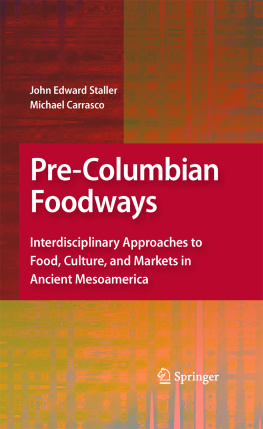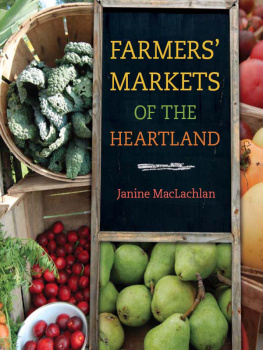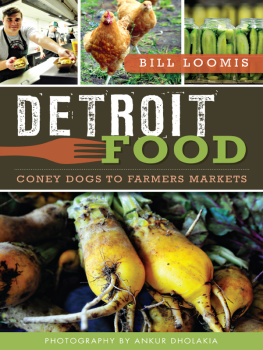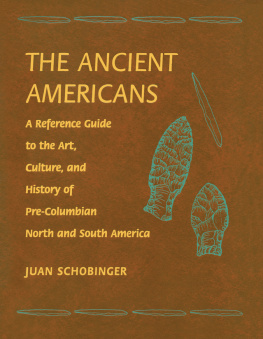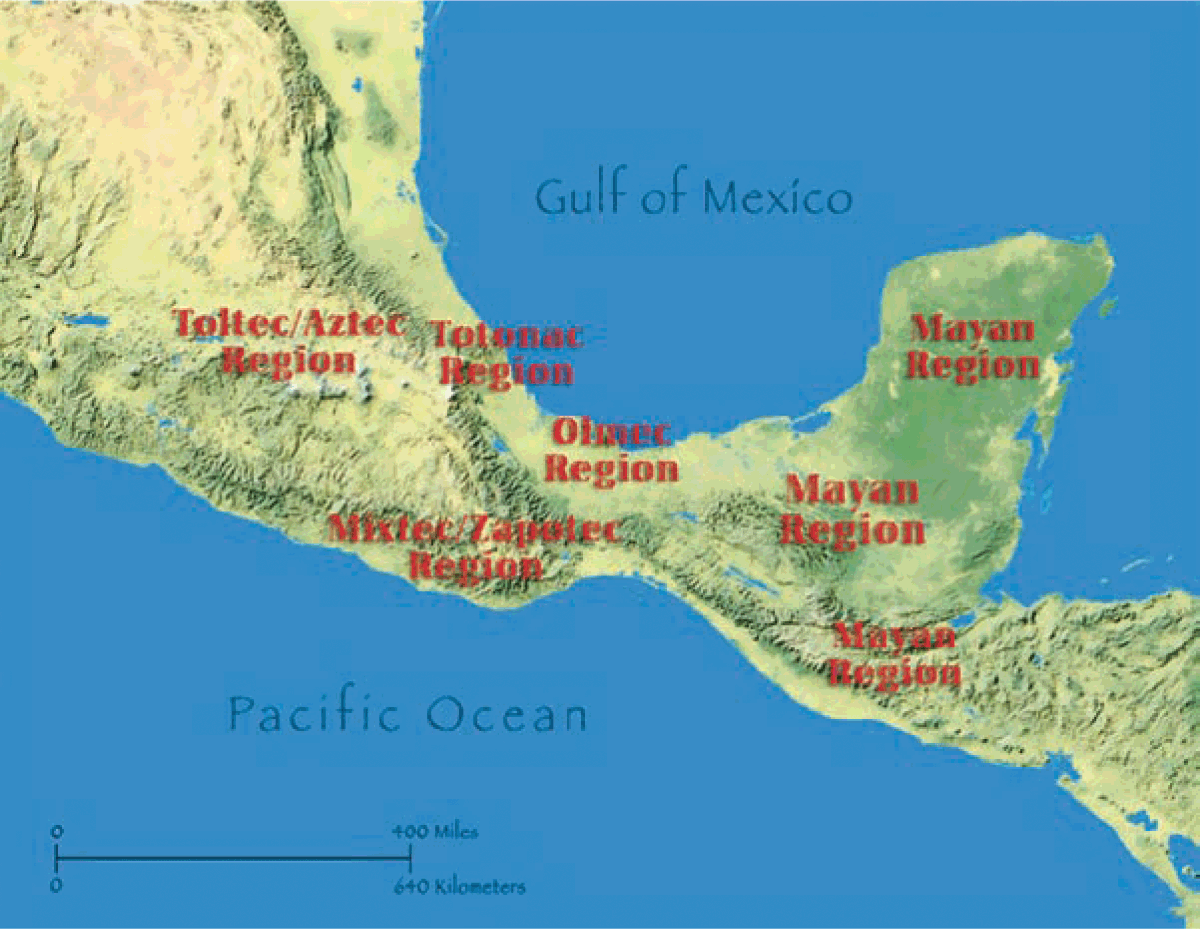This collaboration originates from our mutual participation in an invited session The Role of Sustenance in the Feasts, Festivals, Rituals and Every Day Life of Mesoamerica organized by Karen Bassie at the 40th Annual Chacmool Conference. Eat, Drink, and Be Merry: The Archaeology of Foodways . Hosted by the Chacmool Archaeological Association and the University of Calgary, Department of Archaeology, November 1012, 2007 Calgary, Alberta. We are sincerely grateful to Karen Bassie for her encouragement in stimulating this collaboration and her support of this project.
Introduction
Pre-Columbian Foodways: Interdisciplinary Approaches to Food, Culture, and Markets in Mesoamerica assembles contributions from a wide range of fields to present current views on food, feasting, and markets in Mesoamerica. From the editors own work on Pre-Columbian societies, it was apparent that it was only through a holistic approach that it would be possible to gain an understanding of the complex cultural patterns surrounding food and cuisine, as well as the various social institutions that governed their production, redistribution, and consumption. It was such illustrious anthropological scholars as Claude Lvi-Strauss (1969) who observed early on that to view culture through the lens of foodways is a powerful methodological approach for understanding the social practices and ideology surrounding food.
The interdisciplinary approaches presented in this volume bring together numerous fields that would otherwise find little in common to provide ever-increasing detail and direct evidence on the antiquity, evolution, cultural importance and socioeconomic roles of foodways in Mesoamerica. In doing so, this volume also gives scholars insight into how disciplines generate interpretations and stand at varying degrees of distance from their object of study. For instance, while anthropologists directly interact with modern indigenous peoples, the descendents of the ancient cultures examined in this volume, providing a kind of access not enjoyed by archeologists or ethnohistorians, it is only through the archaeologists spade that art historians and epigraphers encounter the ancient art, symbolism, and texts that they interpret and reconstruct. However, the interpretations and reconstructions of art historians and epigraphers are instrumental in directing and refining research on ancient politics and religion across a number of disciplines, and even influence research programs focused on modern peoples. By placing these diverse approaches in conversation this volume is geographically, topically, historically, and methodologically more comprehensive in scope than most of the previously published literature, which has largely dealt with specific regions, cultures, or cultigens in Mesoamerica (Benes ). In contrast to these more focused studies Pre-Columbian Foodways investigates cuisines and food within the larger context of economic, political, and religious systems. Thus, for instance, feasting is examined not simply within the context of ritual or the specific foods involved but also as one of the major examples of political reciprocity, the timing of which was often based on an agrarian based ritual calendar. Contributors to this volume also examine how the cultigens, and the foods derived from them, are often embodied in mythological and religious symbolism, and how in many cases their production often determined when ritual festivals took place in the annual cycle. This holistic approach to foods and cuisines allows for a more complex and nuanced understanding of Mesoamerican foodways studies and demonstrates the growing importance of this inherently interdisciplinary field for understanding ancient American cultures.
The study of Mesoamerican foodways embraces a diverse range of methodologies. Following this conception of collaboration across fields, various scholarly approaches to Mesoamerican foodways are presented in three major sections, which include data from archaeology, anthropology, linguistics, iconography, economics, ecology, biology, and bone chemistry reflecting the synergy that results from truly interdisciplinary research. Here we introduce Mesoamerica as a cultural region, briefly outline the history of foodways studies of this region and highlight some of the important roles food and cuisines had and continue to have among regional cultures. We conclude this chapter with a detailed description of each of the three subsections. Briefly, each section is based on an overall theme, scope, and approach. Part I includes contributions that deal with general syntheses or topics relevant to food crops from all of Mesoamerica or cover the history of particular cultigens and explores how they were managed, tended, as well as consumed. Part II presents case studies of particular regions, periods, or cultigens from a number of different fields including archaeology, ethnobotany, epigraphy, and anthropology. Part III includes more interpretive analyses that rely to varying degrees upon information obtained through the methodological approaches discussed in the first two sections (Fig. ).
Fig. 1
Mesoamerica includes the geographic area of present day Guatemala, Belize, El Salvador as well as western Honduras and Mexico extending into northern frontier. The various subregions are indicated by their associated cultures
Mesoamerican Conceptions of Food and Culture
We live HERE on the earth [stamping on the mud floor]
we are all fruits of the earth
the earth sustains us
we grow here, on the earth and flower
and when we die we wither in the earth
we are ALL FRUITS of the earth [stamping on the mud floor]
We eat of the earth
then the earth eats us . (Knab cited in Broda et al. 1987:107)
Food and cuisine in Mesoamerica, a culturally unified region including central and southern Mexico, Guatemala, Belize, and El Salvador, as well as western Honduras (Evans and Webster .
Table 1
Basic periods of Mesoamerican history
Early Preclassic (early formative) | 25001000 BC |
|---|
Middle preclassic (middle formative) | 1000400 BC |
Late preclassic (late formative) | 400 BCAD 200 |
Early classic | AD 200600 |

